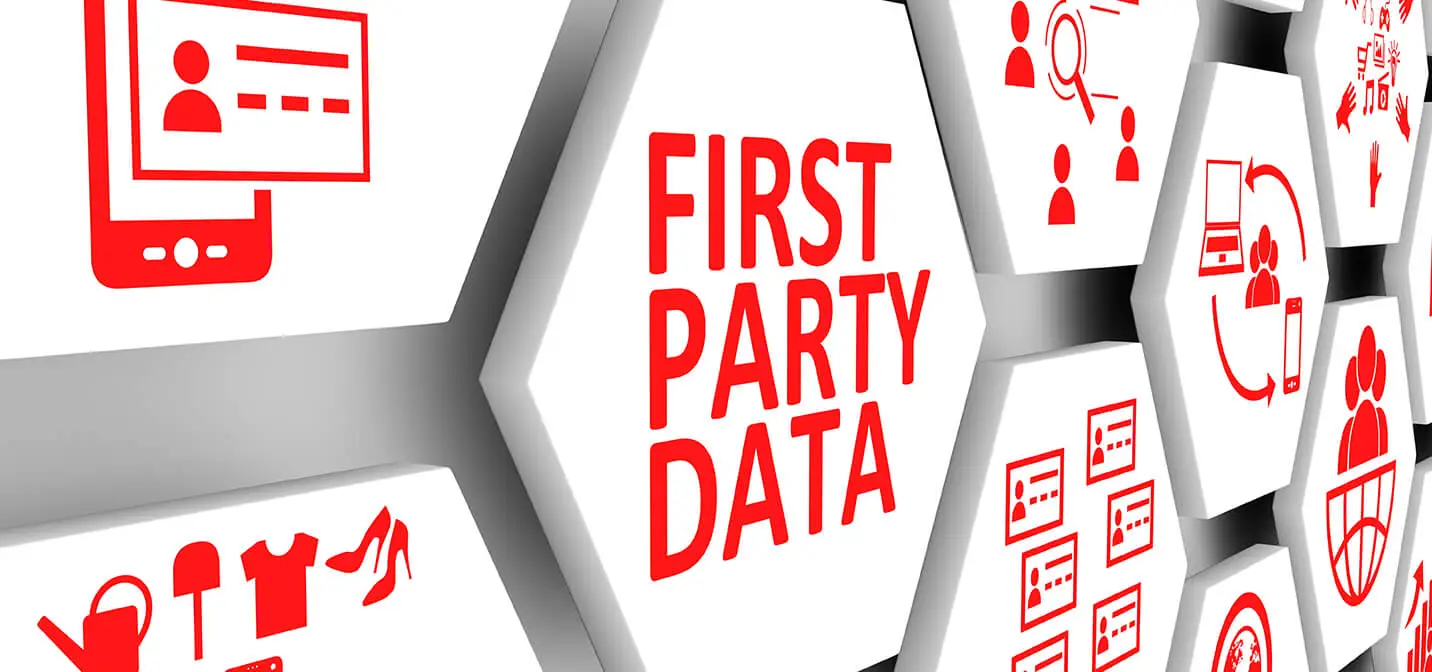In today’s digital world, it is crucial for marketers to understand the types of data they have at their disposal to improve and personalize customer experiences and communication. There are three distinct types of data classified on the basis of how they are collected, and each has different benefits and levels of accuracy. Learn more about first-party data, how to distinguish it from second and third-party data, its uses, and the challenges marketers face while using it. Mass marketing no longer works in a world where consumers have come to expect personalizations. If brands want to stand out from their competitors, they have to craft tailored experiences and messages for their customers.
What is First Party Data?
First-party data is data marketers have directly collected from their customers through various means. As the name denotes, it is the ‘first’ source of information the company has on its customers. Minimal gap between the collected data and the source also means that there is less chance for errors. This data is willingly given by the customer to the company and is usually the most privacy-safe and reliable. This also means that companies have more control over how they collect this data while ensuring they are compliant with privacy policies such as GDPR and CCPA regulations.
Examples of first-party data include data from your CRM systems, in-store purchase data, and data collected from website visitors, social media followers, and subscribers. This data can be further analyzed and classified for insights into behavior, demographics, and even interests. For example, you can analyze who’s reading your blog posts the most and choose to target that group more, whether that group is based on location, interests, or demographics.
How to distinguish between First, Second, and Third-Party Data?
The data is classified on the basis of how the source and first-party data is called ‘first-party’ data mainly because it is collected directly from the source (i.e., the customer/consumer).
Second-party data is data collected from another company that sells its first-party data insights to others, such as publishers (think NewsCorp or Warner Media). This is used for various activities including demand generation activities. Purchasing second-party data allows companies to refresh their internal database. Further, they can tell the publishers exactly what kind of data would be relevant for them, by using filters such as location or demographics.
Third-party data on the other hand is collected from a data aggregator that does not have any direct relationship with the customers. Companies can buy this data from data aggregators and use it to add to their databases or for campaigns. This data is usually collected from large sample sizes and uses methods such as surveys or feedback forms and can be sourced from multiple platforms. Cookies used on browsers are also an example of third-party data sources, however, third-party cookies have been phased out to protect privacy concerns.
How can companies leverage First-Party Data?
There are multiple uses for first-party data and the insights gained can be used across teams, including Marketing, Sales, and Customer Experience teams. The insights that can be gained across the multiple touch-points of interaction between the company and customer are invaluable for growth, strategy, and improved customer experience. Below are just a few benefits of leveraging first-party data:
- Personalize messaging: Understanding audience segments is important for both marketers and sales teams. Insights from first-party data can help marketers personalize content and communications for different audience segments, providing seamless customer experiences. It can also be used to inform content strategy and help content teams ensure they are addressing the needs of different segments within the target audience.
- Map the customer journey: Data gathered from website visits, form submissions and other kinds of subscription data can help marketers understand the customer journey better. The insights from analyzing this data can also be invaluable for marketers looking to shorten the lead to the marketing-qualified lead (MQL) cycle by enabling them to optimize content and activities that show higher conversion rates. By analyzing multiple touchpoints, marketers can get a detailed view of the customer journey allowing them to lead customers down a path that leads to conversion.
- Improve customer retention: In a highly competitive digital environment, customer retention is easier and often less expensive compared to new customer acquisition. Brands can use the insights from first-party data on their repeat and existing customers to understand pain points and provide unique customer experiences to drive customer retention and brand loyalty.
- Optimize paid campaigns: With insights from first-party data, digital marketers can now ensure they are targeting the right audiences and ensure ad relevance. Marketers can also optimize the campaign by comparing the new audience data with data on existing customers to identify new trends in customer behavior.
Challenges leveraging First-Party Data
While most companies have first-party data collection mechanisms in place, they often face a data silo issue. First-party data is collected across multiple touchpoints like the website, app, CRM, or surveys, and can be collected by multiple different departments. It can be a difficult task to bring all the data into a single repository and create a single view. Often there are multiple data points on a single customer and this has to be integrated and filtered to provide a complete picture that can be used by marketers and other teams.
Another challenge is linking first-party data from both online and offline sources. Sometimes customers can visit the website but make a purchase at a physical store and if these two data points are not linked, it provides an incomplete picture to marketers. This could lead to retargeting the customer with ads for a product or service they might have already purchased at a physical store. And that’s certainly not a good customer experience.
To really leverage first-party data and see its benefits, brands need to integrate all the data from different multiple touchpoints into one single persistent identity.
The Need for Identity Resolution or a Unique Customer ID
Identity Resolution is the process of merging data from multiple touchpoints into one single persistent identity or unique customer identifier. With a single persistent identity, marketers can really understand audience behavior, and trends and get a complete picture of their consumers.
Marketers in the US are projected to spend $2.6 billion on Identity resolution in 2022, a 188% increase in spending in the past four years. (Source: Winterbury Group Forecast)
This is not an easy process but can be achieved with the use of a data intelligence platform that can merge a brand’s offline and online data sources to provide insights that have a real business impact. Read more about Azira’s intelligence platform or sign up for a demo.




